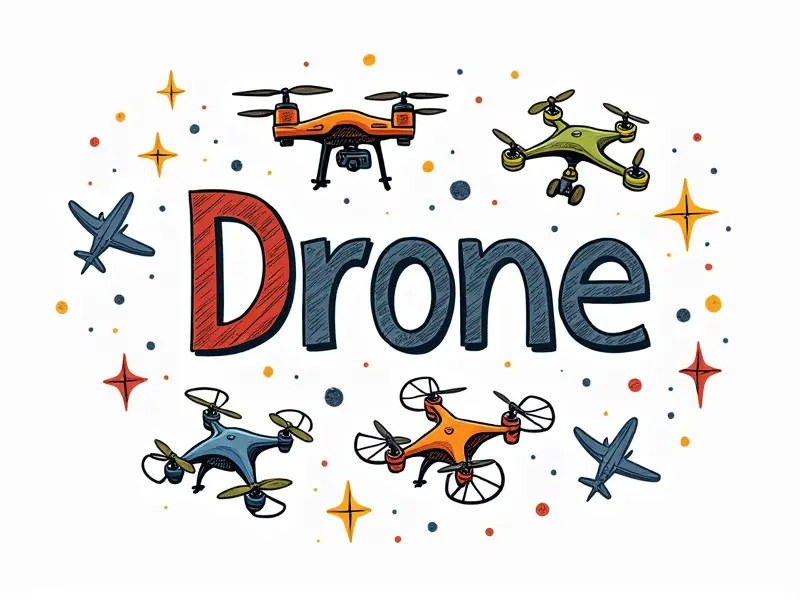Drone frame designs explained

The Ultimate Guide to Drone Frame Designs
Welcome to the ultimate guide on drone frame designs. Whether you're a seasoned pilot or just starting out, understanding the nuances of drone frames is crucial for optimal performance and customization.
Understanding Drone Frame Structures
A drone's frame serves as its skeletal structure, providing support and stability during flight. The design of this framework greatly influences the overall weight distribution, aerodynamics, and durability of the drone.
- X-Frame: Popular for quadcopters due to its balanced weight distribution and ease of assembly.
- H-Frame: Known for its stability in windy conditions and better camera mounting options.
- V-Frame: Offers a sleek design but can be less stable compared to X or H frames.
Top Drone Frames Explained
Several manufacturers offer high-quality drone frames that cater to various needs and budgets. Here are some of the top choices:
- DJI Phantom Series: Renowned for their durability and ease of use.
- Hubsan X4: Compact and lightweight, ideal for beginners.
- TBS Discovery: Modular design allows for easy customization.
Essential Tips for Choosing Drone Frames
Selecting the right drone frame involves considering several factors to ensure it meets your requirements. Here are some key tips:
- Budget and Purpose: Determine if you need a high-end model or something more affordable.
- Airframe Material: Carbon fiber offers strength but can be expensive, while aluminum is lighter yet durable.
- Weight Distribution: Ensure the frame allows for even weight distribution to maintain balance and stability.
Key Factors in Drone Frame Construction
The construction of a drone frame involves several critical elements that impact its performance:
- Mechanical Strength: The frame must withstand impacts without compromising structural integrity.
- Aerodynamics: A well-designed frame reduces drag and enhances flight efficiency.
- Safety Features: Incorporating safety measures such as crash protection can save your drone from damage.
Top Drone Frame Design Trends
The world of drone frames is constantly evolving, with new trends emerging to enhance functionality and performance. Some current trends include:
- Modular Design: Allows for easy customization and upgrades.
- Nano Drones: Tiny drones that are perfect for indoor flying and covert operations.
- Folding Frames: Compact designs that make storage and transportation easier.
Innovations in Drone Frame Design
Advancements in technology continue to push the boundaries of drone frame design. Some notable innovations include:
- Bespoke Materials: Use of advanced materials like carbon nanotubes for enhanced strength and flexibility.
- Sensor Integration: Embedding sensors within the frame to monitor stress levels and predict failure points.
- Active Cooling Systems: Built-in cooling mechanisms to prevent overheating during prolonged use.
How Drone Frame Design Affects Performance
The design of a drone's frame directly impacts its performance in several ways:
- Flight Stability: Well-designed frames ensure smooth and stable flight patterns.
- Battery Efficiency: Aerodynamic designs reduce energy consumption, extending battery life.
- Cargo Capacity: Frames with optimized weight distribution allow for better payload handling.
Beginner's Guide to Drone Frame Selection
If you're new to drones and unsure about which frame to choose, consider the following advice:
- Start Simple: Opt for a basic model that is easy to fly and maintain.
- Budget Wisely: Allocate funds for essential accessories like batteries and propellers.
- Learn Basics: Familiarize yourself with drone terminology and flight principles before making a purchase.
Understanding Different Drone Frame Styles
Different frame styles cater to various needs and preferences. Here’s a closer look at some popular options:
- X-Frame: Ideal for beginners due to its simplicity and ease of assembly.
- H-Frame: Preferred by professionals for its stability and camera mounting versatility.
- V-Frame: Offers a sleek look but may require more advanced piloting skills.
Mastery Drone Frame Customization Techniques
Customizing your drone frame can enhance performance and adapt it to specific needs. Here are some techniques:
- Add-on Accessories: Incorporate additional components like prop guards, landing gear, or camera mounts.
- Sculpting Frames: Modify existing frames by cutting and shaping materials for a unique design.
- Material Swapping: Replace standard parts with high-performance alternatives to improve durability and efficiency.
Conclusion
In conclusion, the choice of drone frame is pivotal in determining your flying experience. By understanding different designs, trends, and customization options, you can select or create a frame that perfectly suits your needs. Whether you're aiming for stability, aerodynamics, or ease of use, there's a perfect drone frame out there waiting to be discovered.

